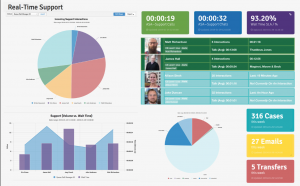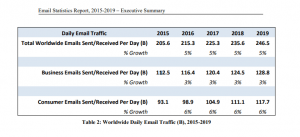How Brands Can Use AI For Strategy Work
Step #1: Get in the game. The first piece of advice is to simply use AI: Test it, try different tools, fail, try again, and try not being a perfectionist, a critic, or a cynic. The first websites built by marketers and brands don’t look so great in hindsight, and a lot of people in marketing discounted the internet. Don’t be one of those. Pick a few tools and get the ball rolling. The people that lead early, will lead for a long time.
Step #2: Visualize your company or brand strategy. Before you go down a rabbit hole with the tools, try and capture your company strategy on a single page, whiteboard, or screen. The key is to capture all the bold ambitions and strategies that are discussed in marketing meetings, board meetings and investor presentations so you can later use AI to find out if they are getting to the market.
Step #3: Find a good AI partner. There is a new category of software companies all competing to be your AI strategy tool of choice. Each of them has attracted hundreds of millions of investment dollars and are racing to index the world’s news and social content. Some use natural language AI, others are topic-based AI, one is ESG-based. Companies like Signal A.I., NetBase Quid and Polecat are good places to start your tool search.
You should expect to spend around $50K to get in the game, but you will get demos and maybe trials with some. Beware the shiny objects. I was hypnotized by one for six months until I realized it was useless.
Step #4: Test the tools. The first thing we will typically do is to analyze three companies across news and social. For example, we recently used one of our tools to analyze Delta vs. United vs. American Airlines. In less than 30 minutes time the tools will index every piece of news media, a majority of social, all employee comments on Glassdoor and CEO sentiment.
In less than an hour you can see if team perception matches market reality. It is like having a map for the first time. You see your business from 35,000 feet in a way you cannot imagine until you try.
Step #5: Make AI actionable. We all know that C-suite executives need data presented in actionable ways and with recommendations on how to leverage it. AI will help you with the C suite, help you create better strategies, improve your execution and help your teams be less siloed. The magic of AI is that it will help you see things as they are, not as you wish them to be.
Marketing has not been easy for a while now, but AI shifts the playing field. It puts marketers back in the driver’s seat in management meetings and board rooms. The data it creates allows marketers to create better strategies, to execute better and to hold your C-Suite colleagues more accountable. The next 25 years will once again change everything — and AI will be at the core.
(15)
Report Post




